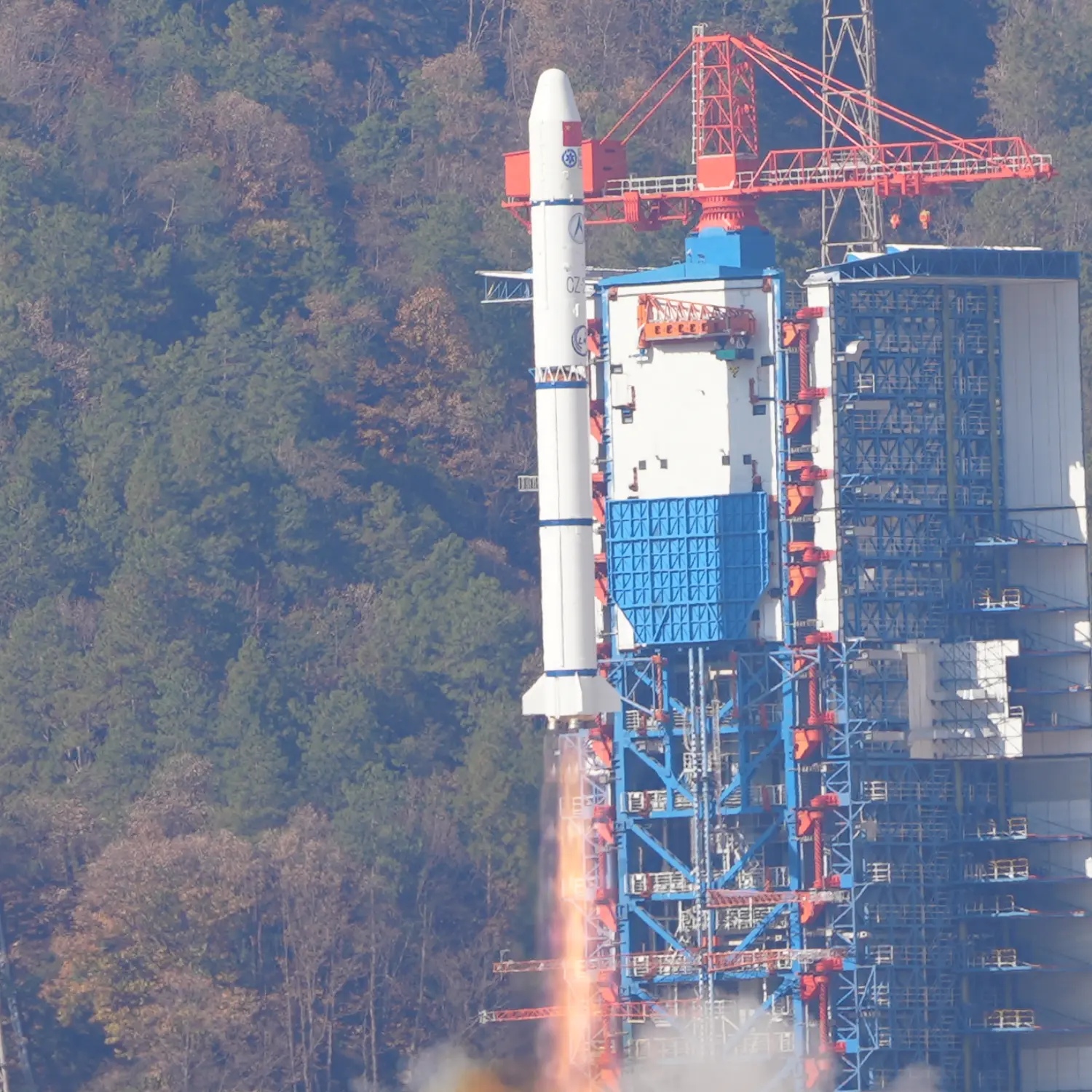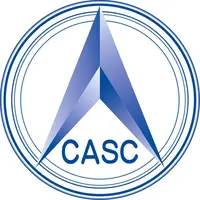/
FSW-1 4 & Freja
Launch Success
Liftoff Time (GMT)
06:20:00
Tuesday October 6, 1992
Mission Details
Freja
FREJA was a Swedish satellite developed by the Swedish Space Corporation on behalf of the Swedish National Space Board. It was piggyback launched on a Long March 2C launch vehicle on October 6, 1992. The satellite's total cost was 19 million U.S. dollars, excluding the costs of experiments. It was funded with Swedish tax money through the Swedish National Space Board, donations from the Wallenberg Foundation, and approximately 25% from the German Ministry for Science and Technology.
Low Earth Orbit
1 Payload
60 kilograms
FSW-1 4
The Fanhui Shi Weixing (Chinese: 返回式卫星) were a series of Chinese recoverable reconnaissance satellites. The satellites were used for military and civilian observation tasks and completed 26 flights between 1 June 1969 and 9 September 2006. There were four models of the Fanhui Shi Weixing (FSW) satellites: FSW-0 (introduced in 1974); FSW-1 (introduced in 1987); FSW-2 (introduced in 1992); and FSW-3 (introduced in 2003). All four models were launched into orbit using Long March rockets. A novel feature of the spacecraft's re-entry module was the use of impregnated oak, a natural material, as the ablative material for its heat shield. The achievement of a recoverable satellite landing technology placed China third in the global space race after the Soviet Union and the United States. It served as the basis for the second Chinese crewed space program, the third crewed program (Project 863) during the late 1980s, and the current Shenzhou program (active since 1992).
Low Earth Orbit
1 Payload
2,100 kilograms
Rocket


Manufacturer
CASCPrice
$30.80 million
Rocket
Height: 42m
Payload to Orbit
LEO: 2,850 kg
GTO: 1,000 kg
Liftoff Thrust
2,962 Kilonewtons
Fairing
Diameter: 3.35m
Height: 8.37m
Stages
2
Launch Site
Stats
Long March 2C
10th
Mission
1st
Mission of 1992
1992
66th
Orbital launch attempt